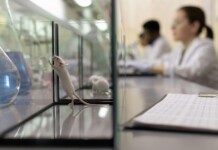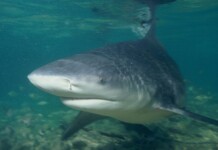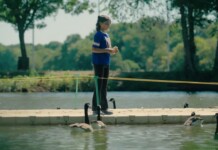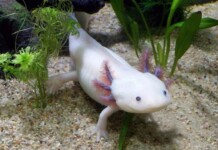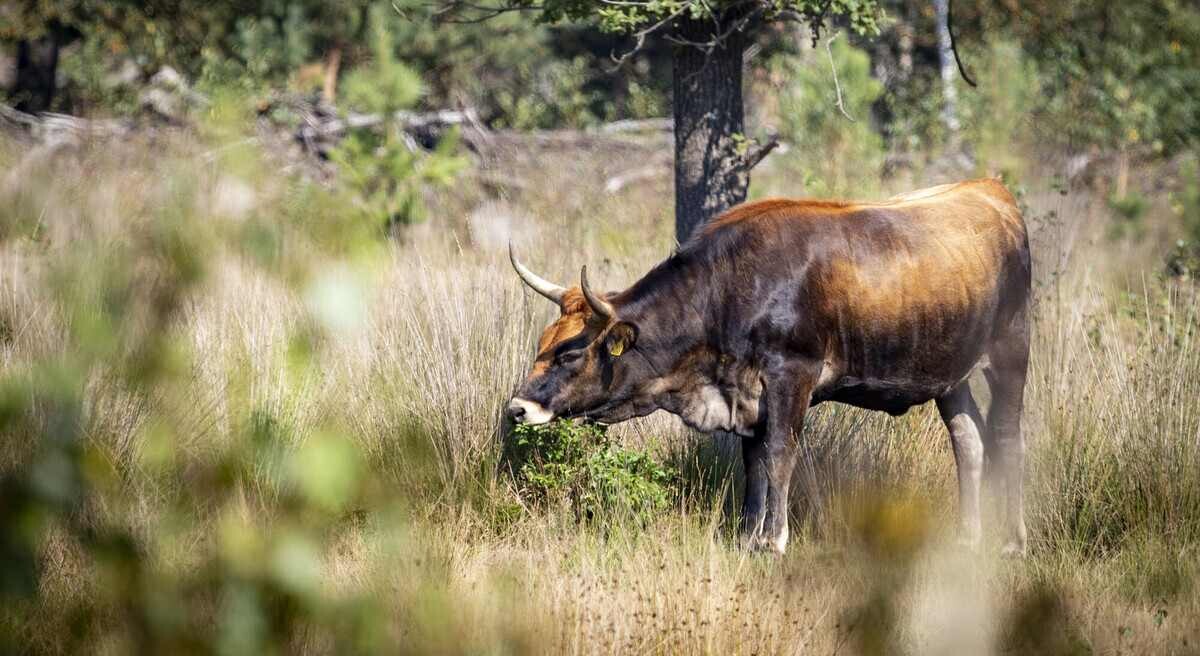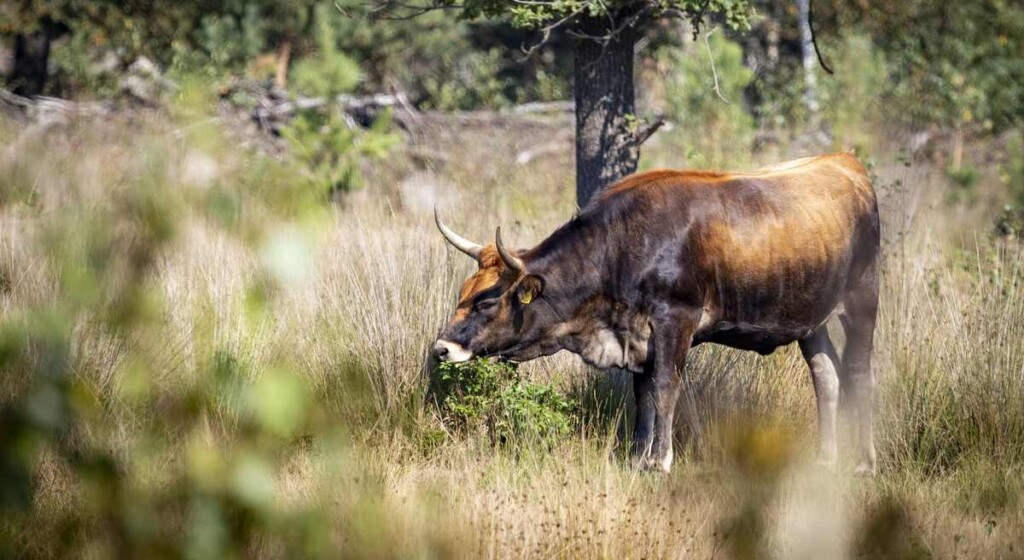
A rewilding charity in the UK aims to bring the first herd of tauros to the British Isles in order to replace a lost giant.
The aurochs is the ancestor to all domestic cattle species, but before it was bred into everything from the Hindu cow, to the Black Angus, to Scotland’s Highland bull, it was a keystone species that kept the ecosystems of Eurasia dynamic and biodiverse.
The Tauros Program began almost two decades ago. Started in 2008 in the Netherlands, it brought together international cattle breeding experts in the hope of “back-breeding” an animal with the closest possible genetic resemblance to a wild aurochs.
Unlike the program to resurrect the woolly mammoth through gene alteration in modern elephants, the Tauros Program, now considered a major success, identified ancient domesticated cattle breeds that maintained the largest amount of aurochs DNA, and interbred them over time whilst gradually habituating them and their offspring to living wild lives.
The result is the tauros—a remarkable animal that stands six feet tall at the shoulder and possesses horns that measure 32 inches long. With slender legs, powerful muscles, and a black coat, they are aurochs in nearly all but name.
Tauros are now set to be introduced to the Dundreggan Estate in Scotland to be the first herd of large wild bovine roaming the countryside since the early 17th century. Sitting on almost 10,000 acres of Highland country near Loch Ness, the hope is that they will improve biodiversity and ecotourism.
The tauros will do this, as GNN has reported numerous times during introduction campaigns of European bison in countries like the UK, Spain, and Portugal, through its unique habits and characteristics.
Their grazing creates a mixed ecosystem, rich in forest verges where birds thrive and trails through the understory which other animals utilize. Their dung, placenta, hair, and dead bodies contribute to the landscape in many ways, through enhancing soil biodiversity, feeding a variety of scavengers, and providing material for birds’ nests.
REWILDING THE OLD CONTINENT: Primeval Sturgeon Swim Again in Sweden After Scientists and Anglers Unite to Bring Them Back
Their grazing activity turns up the earth, stamps down overproductive plants, and opens the soil for seeds to germinate.
“Our tauros project is about looking forwards while learning from the past as we restore nature-rich landscapes that support wildlife and people, and are resilient to future environmental challenges,” said Steve Micklewright, the chief executive of Trees for Life, the charity undertaking the program.
MORE STORIES LIKE THIS: Herd of Bison Reintroduced in Europe Are Climate Heroes–Helping Store CO2 Equal to 43,000 Cars
“We also want to give people the chance to experience in a safe way the awe and wonder of getting close to an animal that feels really wild.”
The Scottish heritage cattle breed present on the landscape is known as the Highland bull, but wasn’t used in the Tauros Program due to a lack of aurochs DNA.
LOOK: Absolutely Epic: Watch the Release of a Wild Bison Herd onto Blackfeet Tribal Land
Since the start of the Tauros Program, the breeding of tauros has been ongoing in Spain, Portugal, Croatia, Czechia, Romania, and the Netherlands. For each breeding area, different breeds are selected that best represent and combine aurochs traits with a good adaptation to local habitats, such as to food, local climate, and dealing with predators.
2027 will be the 400th year since Europe last had a massive wild bovine trampling, rooting, and stamping about through its grasslands and forests, but thanks to the dedicated efforts of hundreds of ecologists across the continent, 400 is likely to be the last such milestone.
SHARE This Great Story Of Rewdiling Europe With Your Friends…


